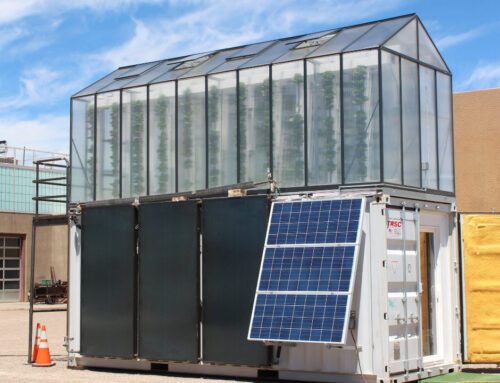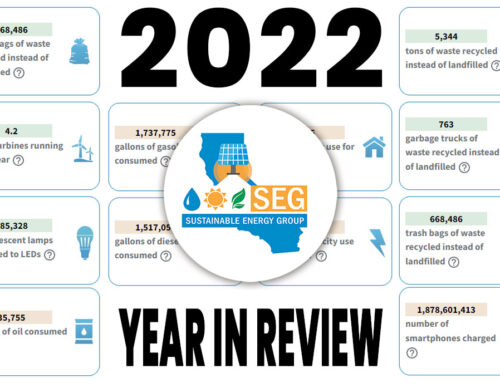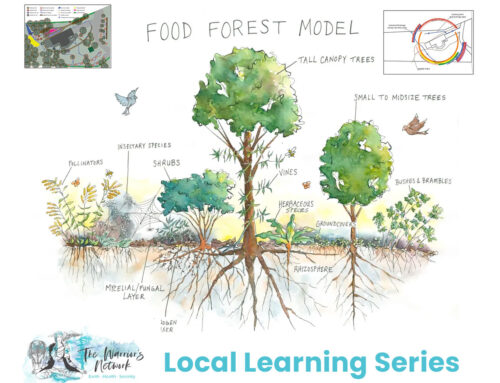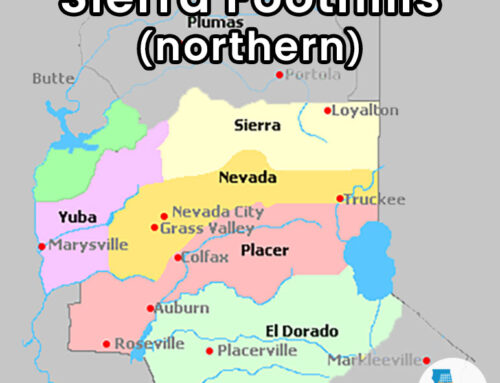This article was written by guest-author Lauren Scott, the Sustainability Coordinator at BriarPatch Food Co-op in Grass Valley.
The amount of food that goes to waste may surprise you.
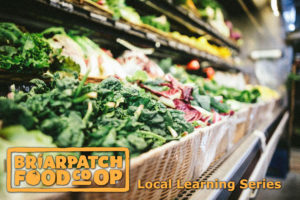

 Imagine walking out of BriarPatch Food Co-op with five bags of groceries and then tossing two in the trash on your way to the car. Collectively, this is what we do in the United States and in effect, we waste 40 percent of all the food we produce. Most alarming of all, more food is wasted at home by consumers than in restaurants and grocery stores combined.
Imagine walking out of BriarPatch Food Co-op with five bags of groceries and then tossing two in the trash on your way to the car. Collectively, this is what we do in the United States and in effect, we waste 40 percent of all the food we produce. Most alarming of all, more food is wasted at home by consumers than in restaurants and grocery stores combined.
The environmental and social impacts of food waste are staggering.
Annually, we send 52 million tons of food to the landfill, where it takes up 21 percent of landfill space — more than any other single item. Food doesn’t just take up space in landfills, it produces methane, a greenhouse gas 25 times more powerful than carbon dioxide. (The E.P.A. cites 25 times, though I have seen this number reported anywhere from 21-30 times the warming potential of CO2.)
Consider all the natural resources embodied in food. When we waste food, we are wasting the resources used to grow, package, ship and store it. ReFED estimates that uneaten food is liable for using up 21 percent of our fresh water, 19 percent of fertilizer and 18 percent of cropland.
Altogether, people in the United States spend $218 billion on uneaten food and all the while 1 in 7 people experience food insecurity. Locally, there are over 20,000 food insecure people served annually by food pantries like The Food Bank of Nevada County and Interfaith Food Ministries.
In lieu of this bleak picture, food waste is a problem with a delicious solution and that’s why BriarPatch is dedicating 2020 to exploring the topic of Food Waste.
BriarPatch is working internally to reduce food waste at the store and offering resources for community members to reduce food waste at home. For example, confronting waste by tracking it is a great starting point, so we developed a Food Waste Tracker you can download online or pick up at BriarPatch. Documenting food waste with photos is also a great way to inventory what food you waste most.
We’re further combating food waste by sharing tips on preventing, recovering and recycling food waste with monthly topics like meal planning, proper storage, composting, gleaning and donating food. Our Food Too Good to Waste page has a bunch of resources as well as information on events like the ones below to help you along your journey to save food.
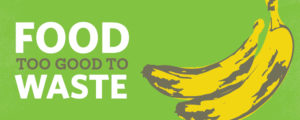

Sources and Facts can be found in the resources on our Food Too Good to Waste page.


